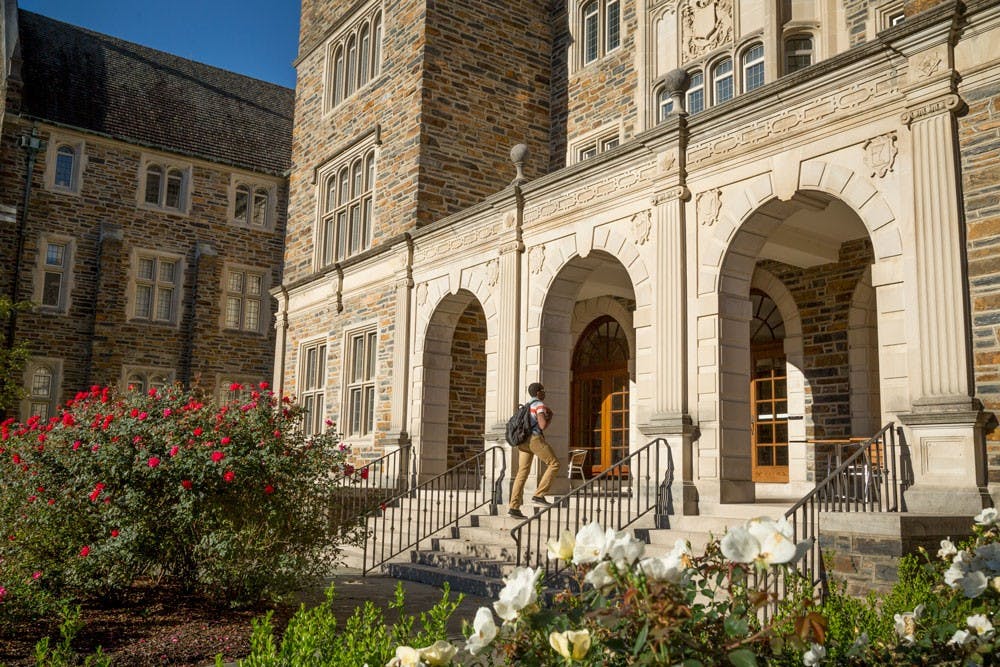Since the 1980s, Vertices has been an article repository where Duke undergraduates could share their original research. Now, it’s transitioned into a full-fledged peer-reviewed research journal, allowing students to share their scientific research like never before.
Vertices was originally a collection of student-submitted articles and online blog posts. Last spring, the organization published its first issue containing four articles, with plans to publish its second issue this fall. This new format gives Vertices’ research more credibility, according to last year’s president Cydney Livingston.
“We now have a format that is more comprehensive and connected into one volume versus randomly interspersing posts throughout the semester,” Livingston, Trinity ’22, said. “We are also hoping to garner more readership and drive cohesiveness between the different articles we’re publishing in one volume.”
Vertices also broadened its team of editorial reviewers to include Duke faculty and students at Georgetown University, with the Georgetown partnership beginning when Julia Davis, Vertices’ president and principal academic editor, was a first-year two years ago. Vertices was also able to register each article with a Digital Object Identifier to make publications easily accessible online.
These structural changes allowed Vertices to reach its goal of matching “the caliber of other peer institutions’ undergraduate research journals,” Davis, a junior, said.
“This also allows them to engage with the peer review process in a lower stakes environment that will help them in future-career paths, such as that of a faculty member at a university or a doctor at a teaching hospital,” Davis added.
A transition this big did not come without its challenges. Vertices staff originally lacked expertise in website design and the skills needed to put together an online publication, according to Livingston.
To combat these issues, Vertices now has four committees: an undergraduate research journal committee, a science magazine committee, a publication and access team, and the artistic design and website development committee. They also began a social media team, according to Davis.
Vertices is looking to further build on this change and create a larger presence on campus. The journal also hopes to improve upon their first issue by developing author sections, highlighting peer reviewers and diversifying the journal by adding works from the science magazine. Vertices will also revamp its training process for peer reviewers, according to Davis.
“I'm really excited to be part of this transformational leadership team that has a bigger vision for Vertices,” said Davis.
Get The Chronicle straight to your inbox
Sign up for our weekly newsletter. Cancel at any time.
Ishita Vaid is a Trinity junior and a senior editor of The Chronicle's 120th volume.

